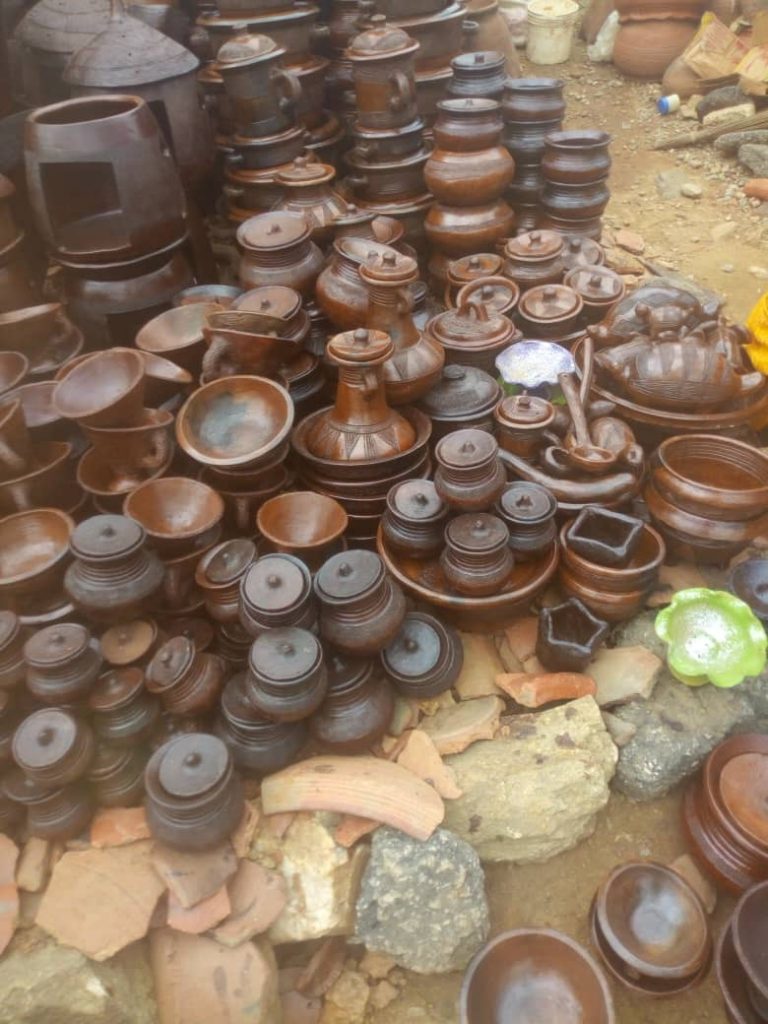In his book ‘The Art of the Strategist’, William A. Cohen succinctly draws attention to the reality that ‘No individual, no business, even no country has unlimited resources’.
Resources may be natural, such as minerals, water, or oil. But resources may also include money, time, effort, or good looks. Resources are anything that can be used in some way to achieve an objective. We often neglect or fail to use our own resources for our own benefit.
In the quest to improve Nigeria’s economy, experts often speak of the need to diversify Nigeria’s shrinking economy from an oil-dependent one, to grow other sectors such as the tourism sector.
Countries like Kenya & Dubai invested staggering amounts of resources in the tourism industry and have been reaping the benefits, earning billions of dollars annually from their tourism economy.
Kenya, the East African nation, which relies on tourism as a major source of foreign exchange and jobs had 2.05 million tourists last year, according to Reuters. While Dubai, turning itself into the Middle East’s main business and tourism hub, attracts millions of visitors annually thanks to its beaches, luxury hotels, and high-end malls. Dubai received 16.7 million tourists last year according to official estimates.
Interestingly, Nigeria’s capital city, Abuja has tourism sites with a potential to also attract millions of visitors but has barely developed strategies that would showcase our history and heritage.
In line with the mission of Gruvcity to promote the ideals of the city through activities, events, positive trends and to be a proponent of tourism, it is imperative that the Federal Capital Development Authority (FCDA), the National Council for Arts and Culture (NCAC), Abuja and indeed cooperate organizations support and partner with Gruvcity to achieve the objective of attracting millions of visitors to Abuja.
The list of top places of attraction for visitors in Abuja often include:
∙ Jabi Lake and Mall
∙ Magic Land
∙ National Children Park and Zoo, etc.
Why sites that can showcase Abuja’s wealth of artifacts, including Africa ceramics, in Giri-Shinka and Karu waterfall are left out on that list is yet to be known.
Abuja Pottery Works
Giri-Shinka near Abuja Airport is a significant place to visit to see the local history, as well as our heritage.
It is on record that Ladi Kwali was the pioneer in the art of the traditional method of coiling. Her crafted pots were used for domestic purposes, ornamental and decorative purposes. During her London’s famous tour, she showcased her pottery works, which earned her the award of the Member of the Most Excellent Order of the British Empire.

However, the people of Giri-Shinka in the Federal Capital Territory were also famous in the art of making pottery designs; producing beautifully-designed rings, utensils, and other amazing local artifacts.

This is an opportunity to explore this important untapped tourist areas in Abuja, to showcase our heritage and rich culture.
Karu Waterfall
Karu Waterfall is another beautiful tourism potential in Abuja that is not adequately utilized by both the actors in the tourism industry and the government.

Karu is in the east of Nigeria’s capital city, from Asokoro. It is less than five kilometers, within a few minutes drive and strategically located within the city.
The Karu Waterfall is one of the most stunning waterfalls. A cool place for visitors and fun-seekers. No hassle, just good for relaxation with its serene atmosphere.

At the time of the COVID-19 pandemic which led to the global lockdown and movement restrictions, Karu provided a relaxation spot for its visitors. The two-week stay at home order/curfew implemented in Abuja and Lagos from March – April, saw people come to Karu Waterfall for relaxation.

No doubt, the pottery works in Giri-Shinka and the Karu waterfall, if harnessed as tourism sites, could prove to be key resources that Abuja could use to achieve the objective of diversifying the economy.





